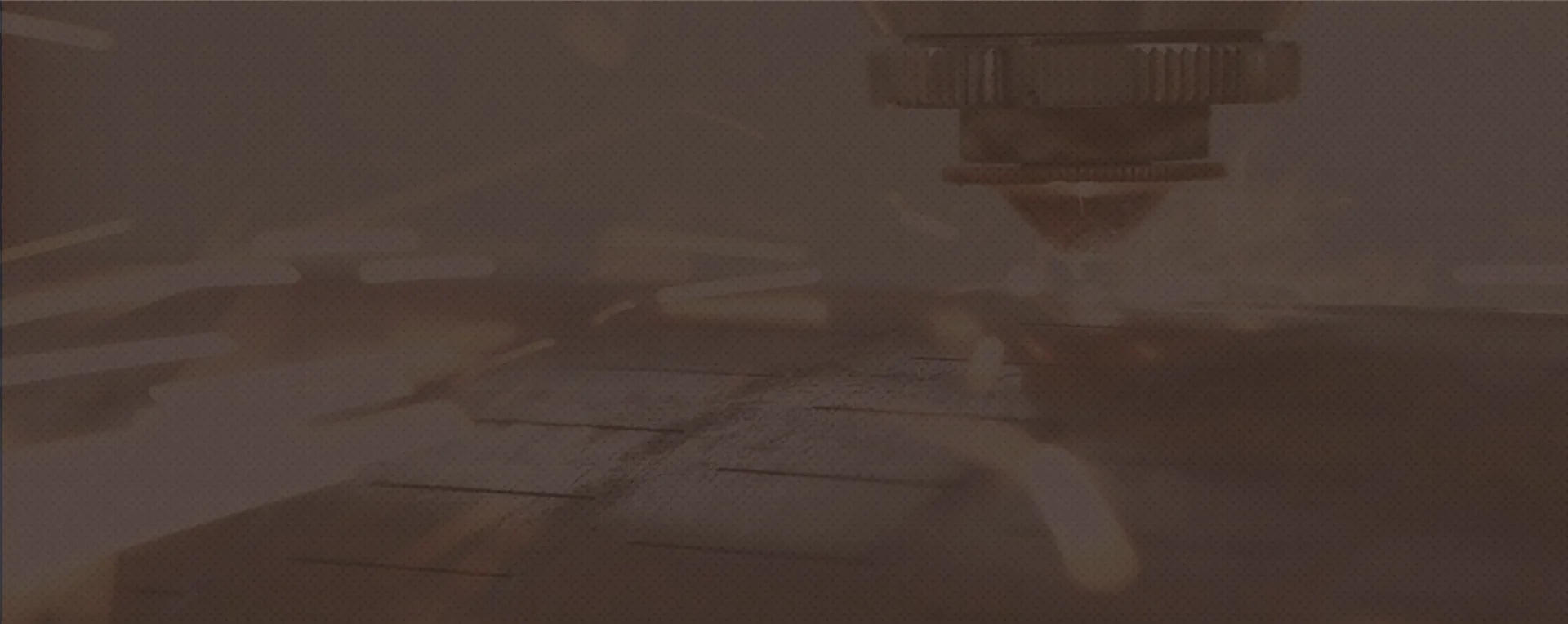Understanding the Basics and Benefits of Drag Chains in Machinery Applications
The Importance of Drag Chains in Modern Machinery
In the realm of industrial machinery and mechanical design, drag chains have become an essential component for various applications. These versatile systems, also known as cable carriers or energy chains, play a critical role in organizing, protecting, and guiding cables or hoses in dynamic environments. As industries continue to evolve and embrace automation, the significance of drag chains only becomes more pronounced.
Understanding Drag Chains
A drag chain is a flexible, modular structure that encases cables, wires, or hoses, allowing them to move freely without tangling or getting damaged. They are typically made from durable materials such as plastic or metal, designed to withstand the wear and tear of constant movement. The primary function of a drag chain is to ensure that cables remain sorted and secure while protecting them from environmental hazards such as dust, moisture, and mechanical abrasion.
Applications Across Various Industries
The applications of drag chains are manifold. In manufacturing facilities, for example, they are commonly used in automated assembly lines where machinery moves along specific paths. In these settings, drag chains help facilitate the smooth operation of robotic arms or conveyor systems by guiding and securing the necessary power and control cables.
In the fields of robotics and CNC machining, drag chains ensure that cables do not interfere with the machine's operation
. Without drag chains, the risk of cable entanglement could lead to operational downtime and costly repairs. They provide a systematic approach to cable management, enhancing the performance and reliability of sophisticated machinery.Benefits of Using Drag Chains
drag chain

1. Protection Drag chains shield cables from physical damage and environmental factors. This protection is crucial for maintaining the integrity of wiring, especially in industries where exposure to harsh conditions is common.
2. Organization Cable clutter can lead not only to safety hazards but also to inefficiencies in maintenance and troubleshooting. Drag chains allow for organized cable routing, making it easier to identify and rectify any issues that may arise.
3. Flexibility and Mobility Many drag chains are designed to accommodate various sizes and shapes of cables. They can be configured to fit specific machinery requirements, allowing for flexibility in design and application.
4. Facilitation of Movement By providing a designated pathway for cables, drag chains facilitate the smooth and unrestricted movement of machinery, which is crucial for high-speed operations.
Technological Advancements in Drag Chains
As technology progresses, so do the designs and materials used in drag chains. Innovative manufacturers are developing energy chains that are lighter, more robust, and capable of handling multi-dimensional movement. The emergence of smart technologies has also led to the integration of sensors and monitoring systems within drag chains, providing real-time data on cable status and wear, thus optimizing maintenance schedules and preventing unexpected failures.
Conclusion
In conclusion, drag chains are an integral part of modern machinery, providing not only organization and protection but also enhancing operational efficiency. Their ability to manage and support various cables in a variety of dynamic environments underscores their importance in today’s industrial landscape. As technology continues to advance, the relevance of drag chains will only grow, making them an indispensable tool for the future of automation and machinery design.








